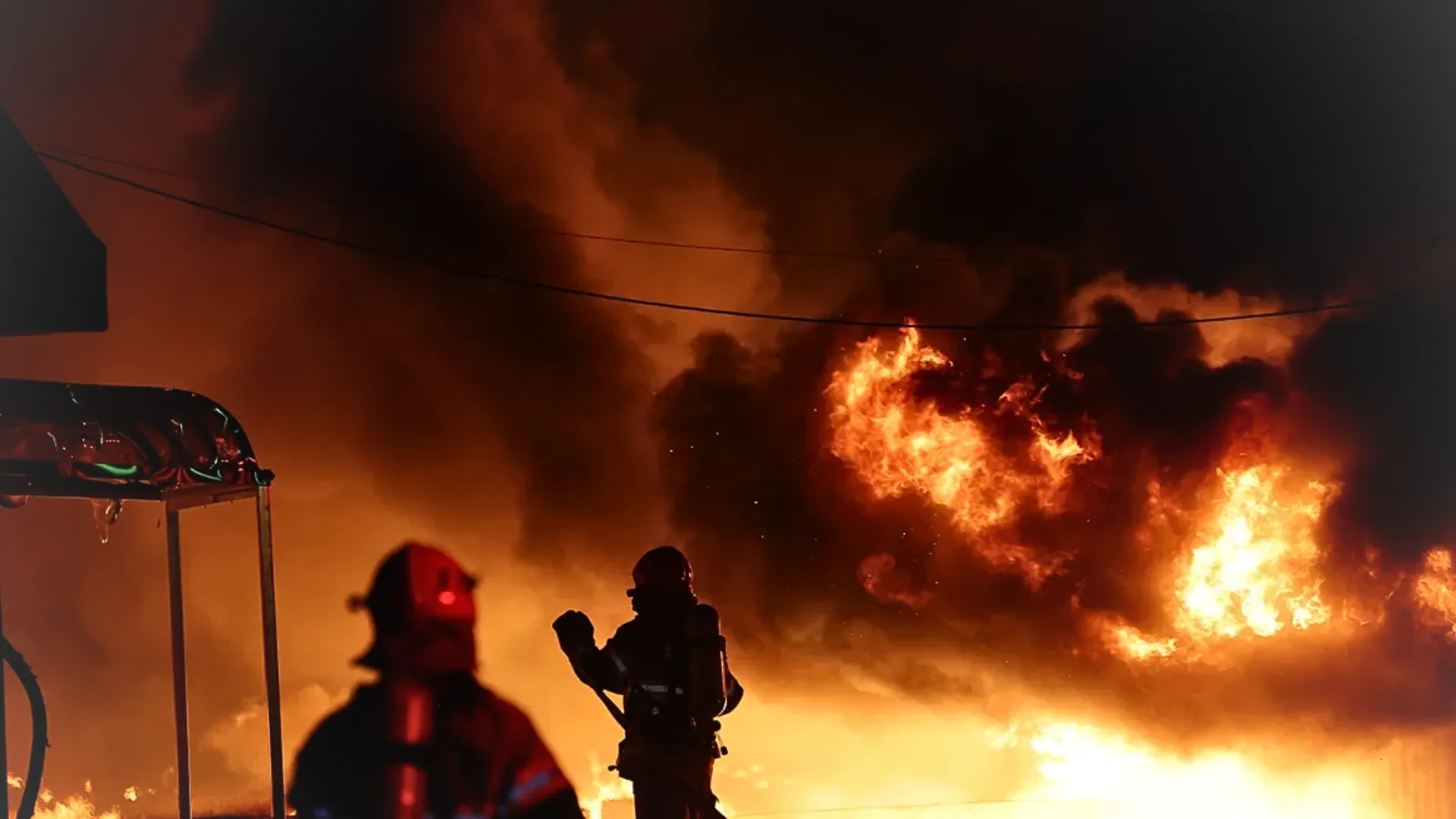More than 80 years after a Finnish passenger plane was shot down over the Baltic Sea by Soviet bombers, the mystery surrounding the incident appears to have been finally solved. In June 1940, the plane, carrying American and French diplomatic couriers, was downed just days before the Soviet Union annexed the Baltic states. All nine individuals on board, including two Finnish crew members and seven passengers—comprising an American diplomat, two French, two Germans, a Swede, and a dual Estonian-Finnish national—lost their lives.
Discovery Of The Wreckage
Recently, a diving and salvage team in Estonia announced the discovery of well-preserved parts and debris from the Junkers Ju 52 plane operated by Finnish airline Aero, now known as Finnair. The wreckage was found off the tiny island of Keri near Estonia’s capital, Tallinn, at a depth of 70 meters (230 feet).
Kaido Peremees, spokesperson for the Estonian diving and underwater survey company Tuukritoode OU, credited the group’s success to a fresh approach to the search, stating, “Basically, we started from scratch.” The plane, named Kaleva, was en route from Tallinn to Helsinki when it was shot down on June 14, 1940, just three months after Finland had signed a peace treaty with Moscow following the 1939-40 Winter War.
Shock And Silence
The downing of the civilian plane, a rare event during peacetime, shocked authorities in Helsinki. They were informed that the plane was shot down by two Soviet DB-3 bombers merely 10 minutes after takeoff from Tallinn’s Ulemiste airport. Finnish aviation historian Carl-Fredrik Geust, who has investigated the case since the 1980s, highlighted the unique nature of the incident.
For years, Finland remained silent about the details of the aircraft’s destruction, publicly referring to it only as a “mysterious crash” over the Baltic Sea to avoid provoking Moscow. Despite extensive documentation in books, research, and television documentaries, the 84-year-old mystery has continued to intrigue Finns. The case is a significant part of Finland’s complex World War II history and provides insights into its troubled relations with Moscow.
Critical Timing
The timing of the incident is particularly noteworthy, occurring just days before Josef Stalin’s Soviet Union prepared to annex Estonia, Latvia, and Lithuania, sealing their fates for the next half-century until they regained independence in 1991. The USSR occupied Estonia on June 17, 1940, and Kaleva’s journey was the last flight out of Tallinn, as the Soviets began enforcing a transport embargo around the capital. Among those on board was 27-year-old American diplomat Henry W. Antheil Jr., who was evacuating sensitive diplomatic pouches from US missions in Tallinn and Riga, Latvia.
Speculation And Conspiracy
Kaleva was carrying 227 kg (500 pounds) of diplomatic post, including Antheil’s pouches and materials from two French diplomatic couriers, Paul Longuet and Frederic Marty. Decades after the downing of the plane, Estonian fishermen and the lighthouse operator on Keri reported that a Soviet submarine had surfaced near the crash site and retrieved floating debris, including document pouches collected by the fishermen. This has fueled conspiracy theories regarding the contents of the pouches and the Soviet decision to down the plane. Geust mentioned that speculation abounds about the plane’s cargo, suggesting Moscow wanted to prevent sensitive material from leaving Estonia. However, he noted that it could have simply been a mistake by the Soviet bomber pilots.
Difficult Search
Various attempts to locate Kaleva have been made since Estonia regained independence over three decades ago, but none were successful until now. Peremees explained that the seabed’s challenging terrain, with rock formations, valleys, and hills, made it easy to miss small parts and debris. New video footage from underwater robots showed clear images of the three-engine Junkers’ landing gear, one of the motors, and parts of the wings.
Jaakko Schildt, chief operations officer of Finnair, described Kaleva’s downing as “a tragic and profoundly sad event for the young airline.” He added, “Finding the wreckage of Kaleva brings closure, even though it does not bring back the lives of our customers and crew that were lost.” Schildt also emphasized the historical significance of locating Kaleva in the Baltic Sea, underscoring the importance of this tragic event in the region’s aviation history.























